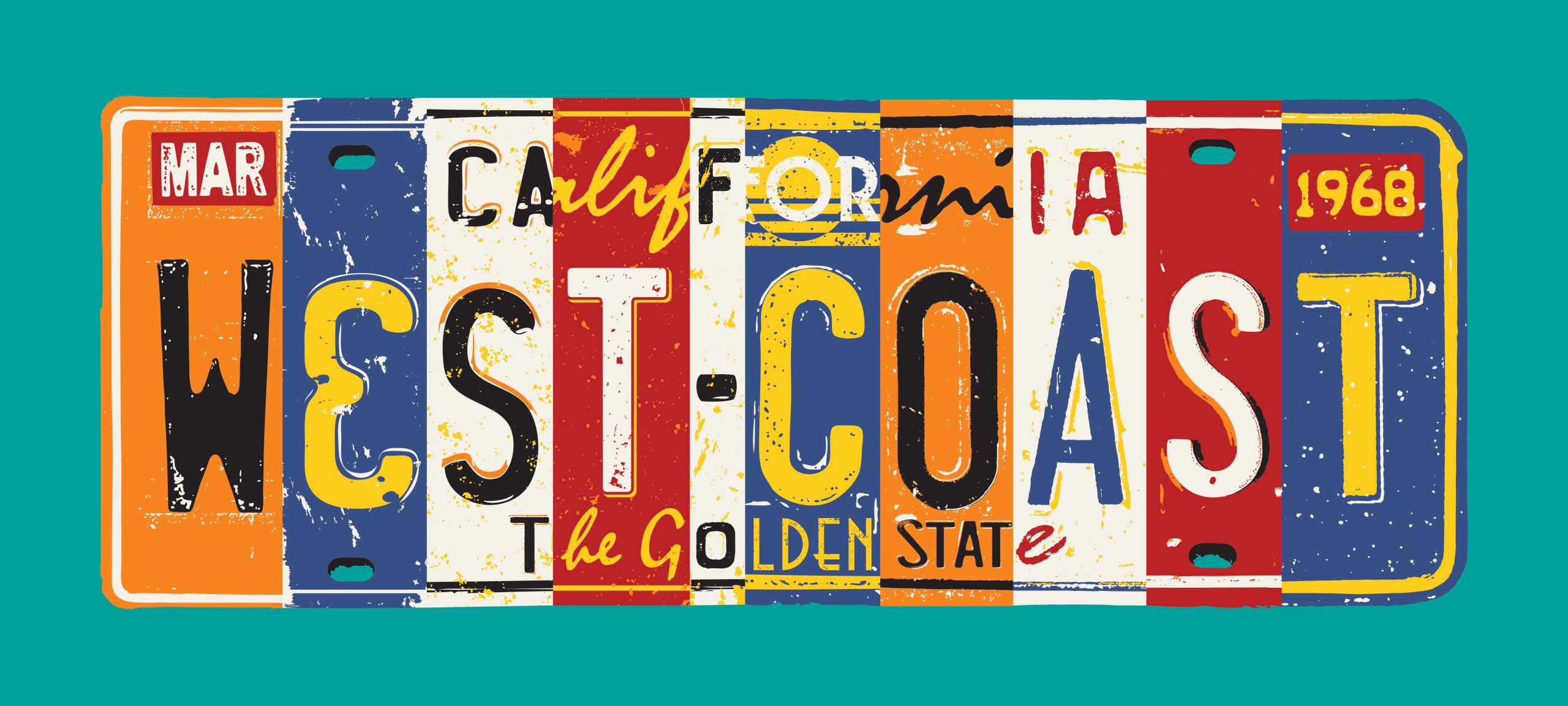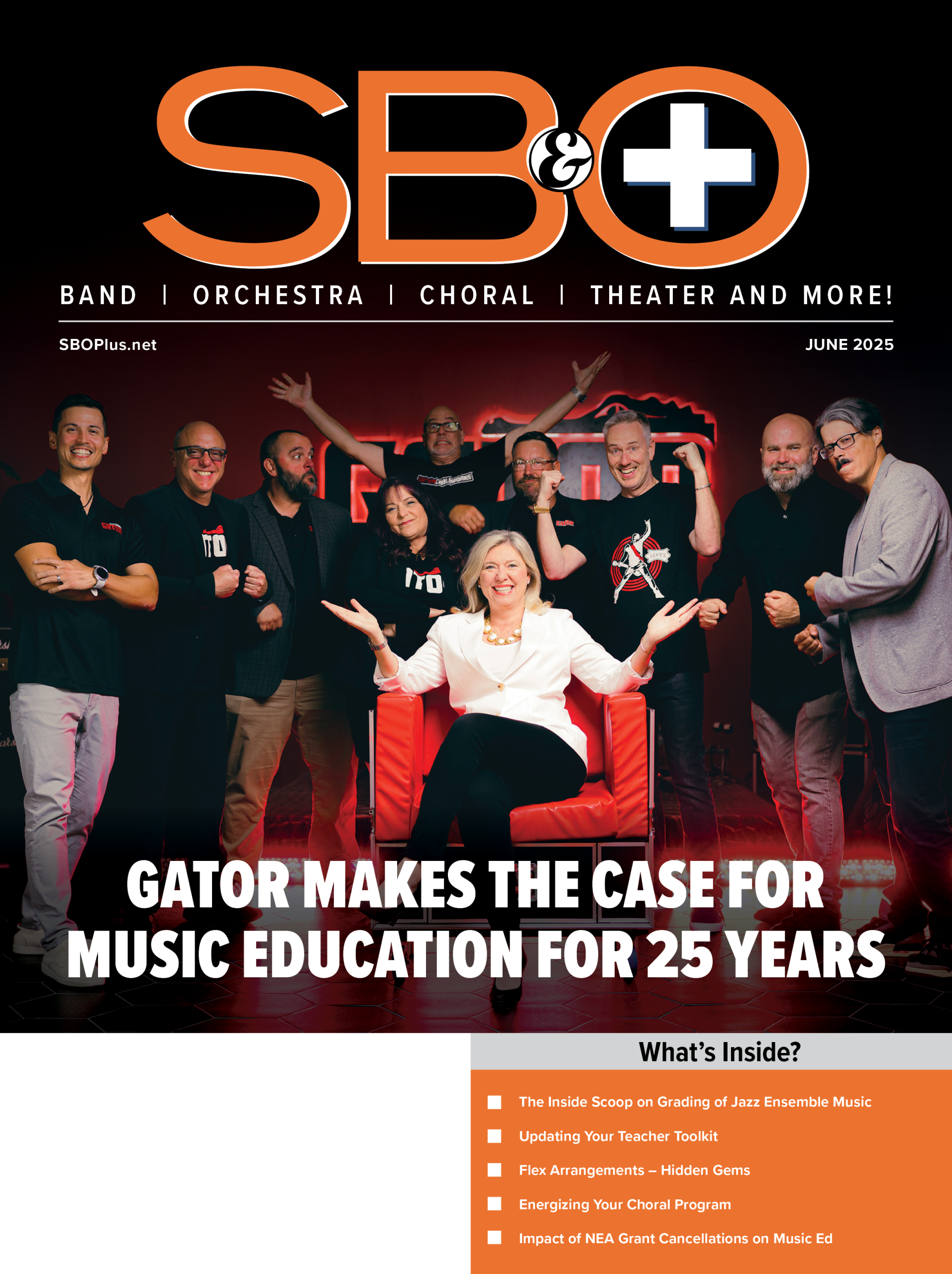In Western culture, we have been mostly accustomed to the European style of music, which has a major focus on deep harmonies and melodies that has influenced orchestral and band music.
African drums and music is a concept not typically introduced to our band students as it should be. The African drum and style has taken an entirely different path to musical evolution and it is based on more complex rhythms and polyrhythms that our students aren’t accustomed to. In African culture, the drum represents the “heartbeat” of mother earth. Therefore, they have deep roots in both nature and spiritualism for the African people. The “heartbeat” is explored through different rhythms in gatherings and rituals in Africa. In this article, I am going to explore some African drums and styles.
African drums come in many shapes and sizes. They are bowl shaped drums, tubular drums, and friction drums. They are very organic and sometimes made of hard grinded fruit, but mostly made of wood, metal, and earthenware of large gourds. They are very sacred to African culture and represent the soul and heartbeat of the community.
The drums are used in rituals, ceremonies, and celebration and are the source of trance music which transports both the listener and drummer into another realm, or an escape and temporary “loss of consciousness” through the integration of repetitive yet complex rhythms that often avoid beat “one,” focusing on syncopation and an emphasis on “off beats.” Often times, African rhythms did not have time signatures like Western music. The rhythms were based on “feel,” and this emphasis on not conforming to Western time signatures really gives the music a syncopated and original style with very little sense of a “beat one.”
The first African drum I would like to mention is the djembe. It was invented by the Mandinka tribe in what is now West Africa. The djembe is also the most well-known African drum from around the world. It is played with the bare hands and it is rope-tuned. It has animal skin as a head and sometimes it has animal fur wrapped around the perimeter of the head which helps mute the sound. The term “djembe” comes from the term “everyone together in peace” in West African culture. “Passport” is one of the most common rhythms played on a djembe which uses three “slap” tones and two “open tones.” The three most popular strokes with the djembe are slap, open, and bass strokes, which are integrated into different rhythm and sticking patterns.
The dundun drum is another West African drum that developed alongside the djembe. It was adopted in Mali. It has a head of rawhide from either a cow or a goat. It has a head on both sides and usually only one head is played at a time. The fur is often left on the head which helps mute some of the overtones and provide a cleaner ad richer sound. It is also rope tuned, cylindrical in shape, and made of wood most of the time. Unlike the djembe, the dundun is played with a stick. The stick has no bead or head and has the same width from the top of the stick to the bottom in a cylinder shape. The drum is usually mounted on a shoulder strap or sometimes on a stand. Sometimes the drum is rested on its side and sits on the floor while being played. Often times there is a bell mounted to a dundun. A right-handed player will play the skin with the right hand and the bell with the left. There is an “open” tone and a “muted” tone for the dundun. The open tone is just a traditional stroke and the muted tone is a down stroke with no rebound that stays on the head.
Another African drum is called the bata drum. It is shaped like an hourglass and it is also a double headed drum like the dundun. It originates from Yoruba in Nigeria. It is often used both for entertainment and religious purposes. These drums are also made of wood and are rope stringed drums. The heads are made out of leather. Thick brooms are built into the construction of the drum going vertically on the sides that are flexible and curved and they help hold the leather to the wood frame. Strong threads are used to tighten the brooms on the sides of the drums. Cloths are also used to cover the brooms for aesthetic purposes. The bata is called a “talking drum” because it actually communicates the Yoruba language through the call and response of a smaller and larger bata. They are played with the bare hands as well. The exciting part about bata drums is that multiple drums are played at the same time. The drums are different sizes and they are called ononcolo (small drum), itolele (medium drum), and iya (large drum). Two rhythms are often played at the same time on multiple drums which form a composite and complex sounding singular rhythm through the interaction of the multiple rhythms. Often times bata rhythms are in 6/8 or 12/8 time.
The final drum I am going to discuss is the bougarabou drum. It also has its original in West Africa. These are conical shaped drums and they are placed on a stand and played in sets of three to four drums and they are tuned to different pitches. They are elongated and single headed and they are rope tuned as well. They are also made of cow skin. These drums are very important to African people and they tell a story of history, honor, and heroes. They are very spiritually oriented and are also used in ceremonies and rituals. They are played with the hands, often four drums at a time, and they give the performer a chance to really explore various rhythms as well as faster playing in a more virtuoso drumming style than the other types of drums mentioned. A single rhythm is often used as a basis for expansion and improvisation over the repeating rhythm, changing and evolving as the drummer performs. The drum is similar to the djembe, so many of the styles and performance techniques of the djembe can be transferred over to the bougarabou with the use of tone, slap, and bass hand techniques. The three hand techniques can be played in different combinations and hand patterns and richly explored through the multiple bougarabou drums. Bells can also be wrapped around the performers wrists to give more flavor to the sound.
I encourage you to have your students explore the vast and exciting world of African drumming that opens up a new horizon, and a departure from Western music. Personally, I find African music to be the most satisfying and challenging type of music because it was founded on complex rhythms and poly rhythms, and a level of complexity that dwarfs orchestral percussion music. It is also rich in history and spiritual elements and it will send your students on a new and exciting journey into undiscovered music styles of the world, which are the both the oldest styles going back to pre-ancient times, and are also the fundamental building blocks of music, rhythm, and humanity itself



























